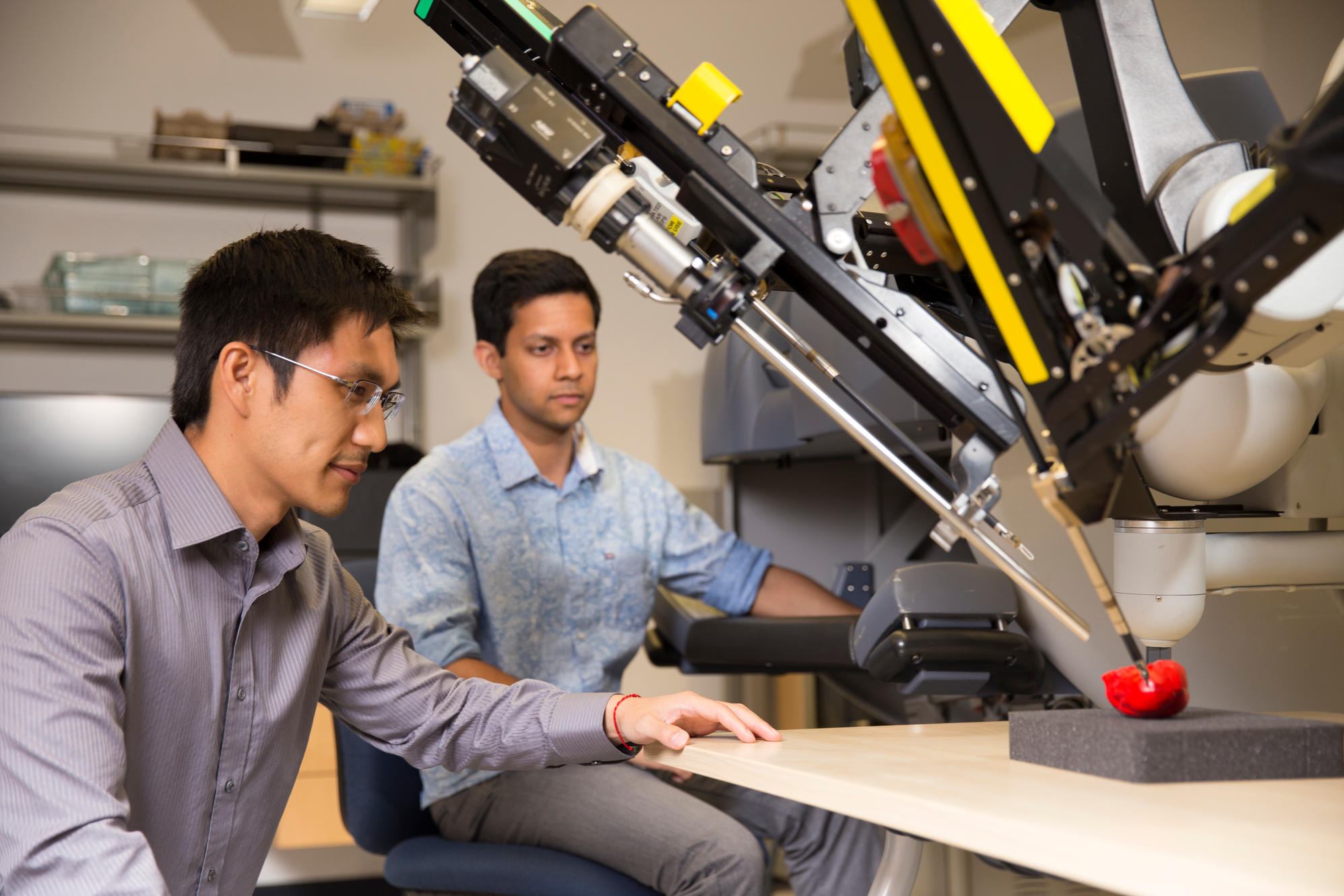Robotic surgery has become an integral part of modern medicine, offering precise and minimally invasive solutions for various medical conditions. For patients and physicians, it provides an opportunity to address complex issues with reduced recovery times and less physical stress compared to traditional surgical methods. Here’s information on robotic surgery methods and who can benefit from this advanced technology:
What Is Robotic Surgery?
Robot-assisted surgery refers to procedures performed with the assistance of robotic systems, controlled by a skilled surgeon. Advanced technological tools allow specialists to conduct surgeries with extraordinary precision that would be challenging with human hands alone. Unlike traditional open surgery, robotic systems work through small incisions, making the process less invasive.
This surgical approach is widely utilized in various specialties, including urology, gynecology, general surgery, and cardiology. By leveraging robotic arms equipped with high-definition cameras and surgical instruments, surgeons can execute operations with enhanced visibility and steady control. The machines do not operate autonomously. Instead, surgeons remain in control throughout the procedure, operating the robotic equipment from a specialized console.
How Is Robotic Surgery Done?
Robotic surgery involves advanced systems such as the da Vinci Surgical System, which consists of three main components. Each part works together so that the procedure is both accurate and efficient. Robotic surgical systems are made up of these three parts:
- A Surgeon’s Console
- A Patient-side Cart With Robotic Arms
- A Firefly Fluorescent Imaging System
How Surgery Is Done
During the surgery, the patient is positioned on the operating table, and small incisions are made to allow the insertion of tiny instruments attached to the robotic arms. These tools are controlled by the surgeon from the console, which displays a highly magnified, three-dimensional view of the surgical site. This accuracy often translates to less damage to surrounding tissues.
How Surgeons Use Robotics
The robotic arms are designed to replicate the surgeon’s hand movements with far greater precision. Their range of motion extends beyond human capability, allowing access to tight or hard-to-reach areas and reducing the likelihood of complications. Due to this precision, robotic minimally invasive surgery is associated with shorter hospital stays, quicker recovery periods, and less post-operative discomfort for many patients.
Who Is a Good Candidate?
While robot-assisted surgery offers significant benefits, it is not suitable for all patients. Doctors determine eligibility based on factors that depend on a patient’s specific medical condition, overall health, and the procedure required. The decision for surgery should be made after thorough consultation with a physician.
The surgeon will assess the risks and benefits for the individual patient’s case, offering guidance on the most appropriate surgical approach. They will assess the following:
- Medical Condition: Robotic surgery is often recommended for patients requiring complex or delicate procedures. Conditions that benefit from precise surgical techniques and minimized tissue disruption tend to be ideal candidates.
- Health and Body Composition: Patients with a stable condition and no severe comorbidities often make better candidates for robot-assisted surgery. Factors like obesity or previous abdominal surgeries may introduce complexities, although a skilled surgeon can manage these obstacles in some cases.
- Minimally Invasive Preference: This method is ideal for those seeking minimally invasive treatment options. Reduced recovery times and smaller scars make robot-assisted surgery an appealing alternative to traditional open surgery.
- Surgical Complexity: For patients requiring procedures in narrow spaces or intricate areas, this technology can offer superior precision compared to other methods.
Learn More About Robotic Surgery Techniques
Robotic surgery continues to evolve, providing patients with effective solutions tailored to specific medical needs. Understanding whether you are a good candidate involves discussing your options with a qualified surgeon. These professionals can guide you through the intricacies of robotic procedures, helping you make an informed choice about your surgical care. Consult with a specialist in this field for more information.
- Choosing the Right Plastic Surgeon for Your Cosmetic Procedure
- Understanding Different Types of Laser Treatments for Skin Rejuvenation
- Why a Family Dentist is Key for Maintaining Oral Health
- The Benefits of Regular Visits to a Wellness Spa
- Exploring the Emotional and Psychological Triggers of Eating Disorders


Leave a Reply